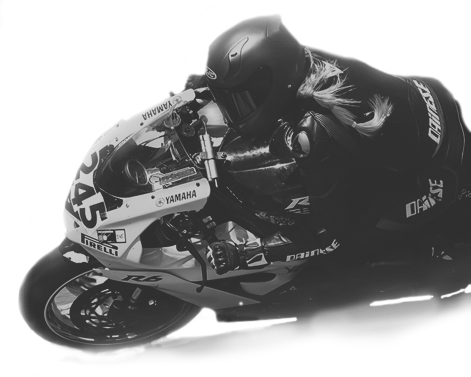
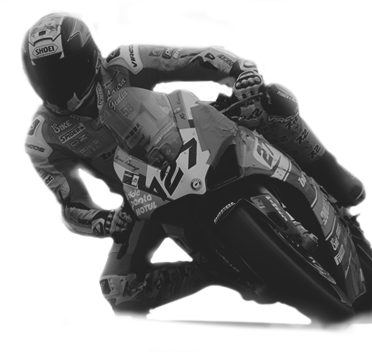
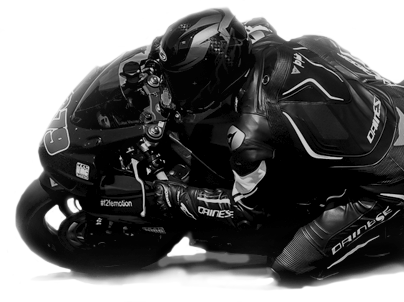
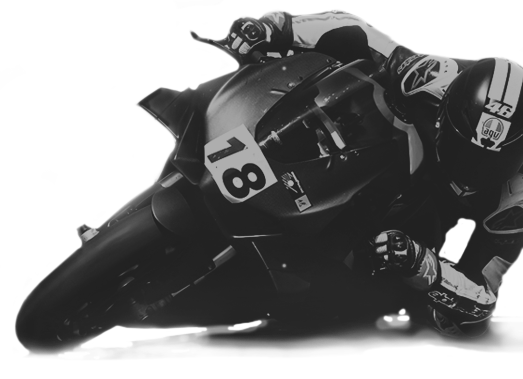
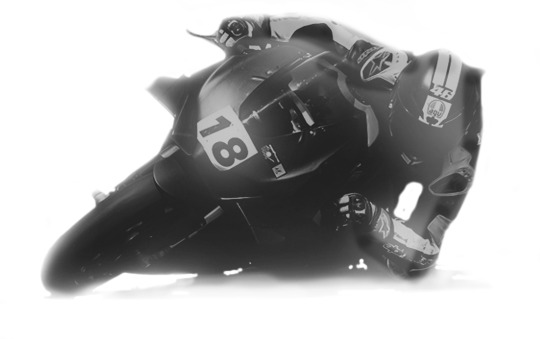
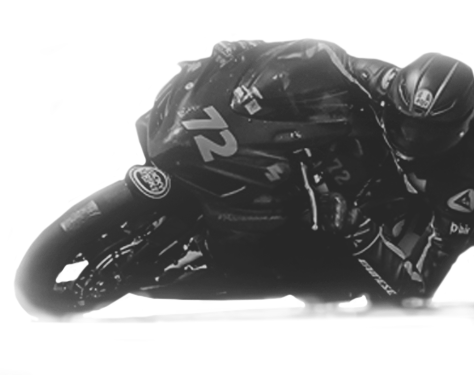
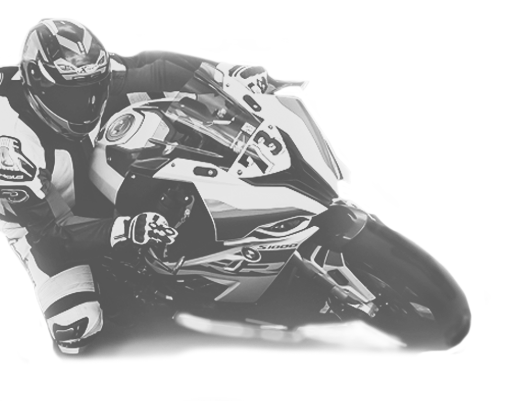
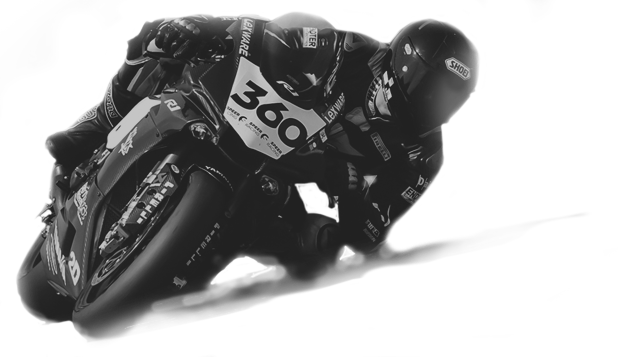
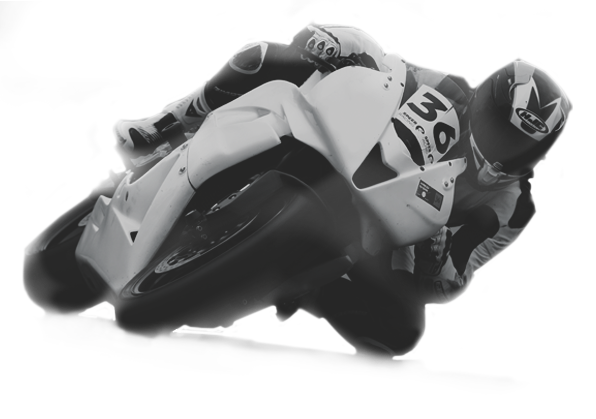

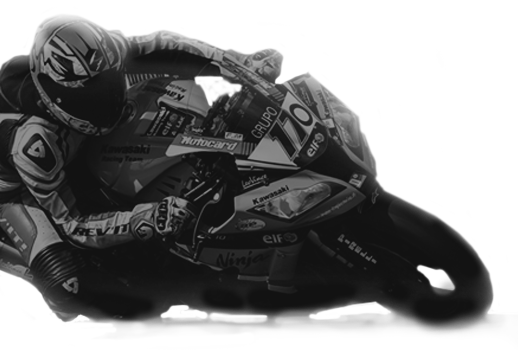
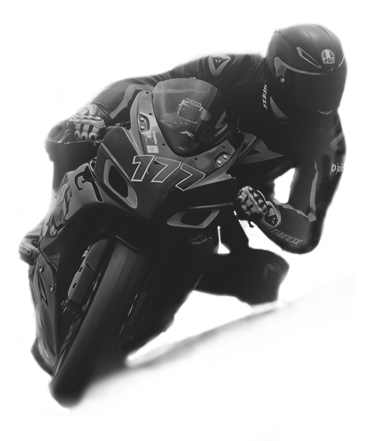
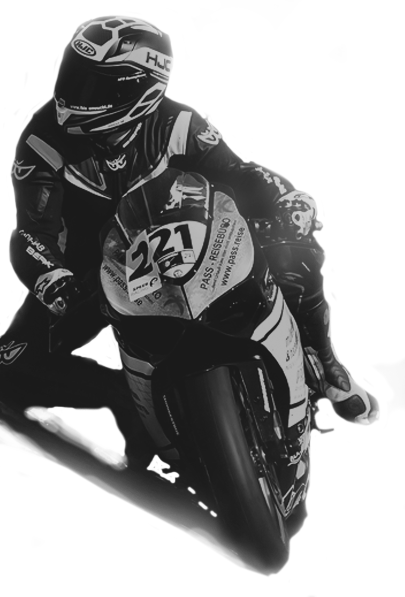
WHICH
LÄRMAUFLAGEN
ARE THERE?
Basically, two topics are distinguished: noise cap and noise quota.
The noise cap designates a maximum volume level that may not be exceeded. Routes with a noise cap always have measuring points at which the noise level is measured dynamically (i.e. in passing). This value can also be measured statically for each vehicle. How this is done is described below. If this upper limit is not exceeded, everything is fine!
The noise quota is a much more sensitive requirement. It specifies how much noise may be produced in total per day. Compliance with this requirement is much more difficult and depends on many factors (including those we cannot influence at all, such as the weather or increased background noise from construction sites, for example). It can happen that - even though the noise ceiling has not been exceeded - the noise quota is used up before the end of the day and driving has to be stopped! For this reason, special attention is paid to compliance with the individual noise limit on routes with a noise quota. In some cases, special technical measures (see information on the Sachsenring below) or even an adapted driving style are required!
What exhaust systems are actually available?
For exhaust systems, a distinction is made between original exhaust systems and accessory systems.
The original exhaust system is the system with which the vehicle was delivered by the manufacturer. This is usually a steel or stainless steel system (possibly with a pre-silencer) that works according to the "reflection principle" and is usually maintenance-free. A db-killer is not intended and not necessary due to the design (exceptions see below: original exhaust and still too loud). Sometimes vehicle manufacturers fit an accessory muffler ex works - this is not considered original - but of course an accessory muffler!
An accessory system, on the other hand, comes from a supplier who specialises in building exhaust systems for a variety of different motorbikes. The focus is on weight reduction and increased performance. These mufflers often have a titanium or carbon fibre shell, work on the "absorption principle" and need regular maintenance because they get louder over time. The silencers are very effective with the right volume and, on certain vehicles, even quieter than the original exhaust! Accessory silencers usually offer the option of fitting a db-killer.
db-Killer-Mandatory
Some tracks prescribe the use of a db-killer. Of course, this only applies to accessory exhaust systems! Original exhaust systems are always exempt from the db-killer requirement!
On tracks where a tightening of noise regulations is on the horizon or a noise quota has to be met, Speer Racing has introduced a db-killer obligation on its own initiative in order to reduce the overall noise level.
Behaviouraltips
Especially on routes with a tight noise quota or with motorbikes that are already very loud ex works - i.e. in their original condition - the only thing that often helps is an adjusted driving behaviour:
Shift up early to avoid passing the measuring point at full speed (the organiser will tell you where it is!).
- Dispensing with the automatic gearshift in order to avoid a "gearshift bang".
However, this can only ever be an emergency solution until a technical remedy, e.g. another silencer, has been found, insofar as this is possible!
Static measurement method for determining the individual loudness level
The volume is measured according to the DMSB near-field method:
The measuring device is placed at an angle of 45° and at a distance of 50 cm from the end of the exhaust. The measurement is taken at a constant speed corresponding to approx. 60 % of the nominal speed of the motorbike. The following overview serves as an indication of which speed is used for which motorbike:
| Type / displacement | Speed |
| 2 Zyl./bis 850 ccm | 5.500 U/min |
| 2 Zyl./über 850 ccm | 5.000 U/min |
| 3 Zyl./bis 675 ccm | 7.000 U/min |
| 3 Zyl./über 675 ccm | 5.500 U/min |
| 4 Zyl./bis 600 ccm | 7.000 U/min |
| 4 Zyl./bis 750 ccm | 6.500 U/min |
| 4 Zyl./über 750 ccm | 6.000 U/min |
Experience shows that vehicles that have been measured statically according to this method generally also pass the dynamic measurement carried out by the track in passing. However, the measured values - both static and dynamic - are also dependent on environmental parameters: Depending on air pressure, temperature and humidity, the measured value for the same vehicle can vary by +/- 3db! Therefore, it is better to be safe than sorry and stay below the upper noise limit!
Overview routes
| Track | Upper limit | Contingent | Comment |
| Anneau du Rhin | 100 | X | Measurement through the track! Please note below! |
| Assen | 98 | Ja | db-killer duty, measurement by Speer Racing |
| Bresse | 95 | X | db-killer duty, check by the track! Please note below! |
| Calafat | db-Killer-Mandatory | X | db-killer duty, review by the track |
| Cremona | 102 | X | Driving noise measurement through the track |
| Dijon | 100 | X | Driving noise measurement through the track |
| Hockenheim | 98 | X | Measurement by Speer Racing |
| Ledenon | 99 | X | Driving noise measurement through the track |
| Magny Cours | 102 | X | Driving noise measurement through the track |
| Misano | 102 | X | db-killer duty, measurement by Speer Racing |
| Most | 101 | X | db-killer duty, measurement by Speer Racing |
| Nürburgring | 98 | X | Measurement by Speer Racing |
| Oschersleben | 102 | X | Driving noise measurement through the track |
| Sachsenring | Original exhaust | Yes* | Inlet and outlet side original! Please observe notes below! |
| Salzburgring | 98 | X | Measurement by Speer Racing |
On tracks where no noise regulations are specified, Speer Racing always applies an individual noise limit of 105 db. This is to prevent excesses such as driving without a silencer or without an exhaust!
Anneau du Rhin
The measurement method in Anneau du Rhin has been changed for the start of the 2024 season. The volume of your motorcycle will now be measured on the track while riding. If you are too loud here, your start number will appear on a light panel. In this case, you must leave the track and report to us. Based on our experience so far, we can say that this new measurement procedure is more generous and rider-friendly than the measurement procedure previously used before entering the track. Nevertheless: If in doubt, please contact us in good time before the event.